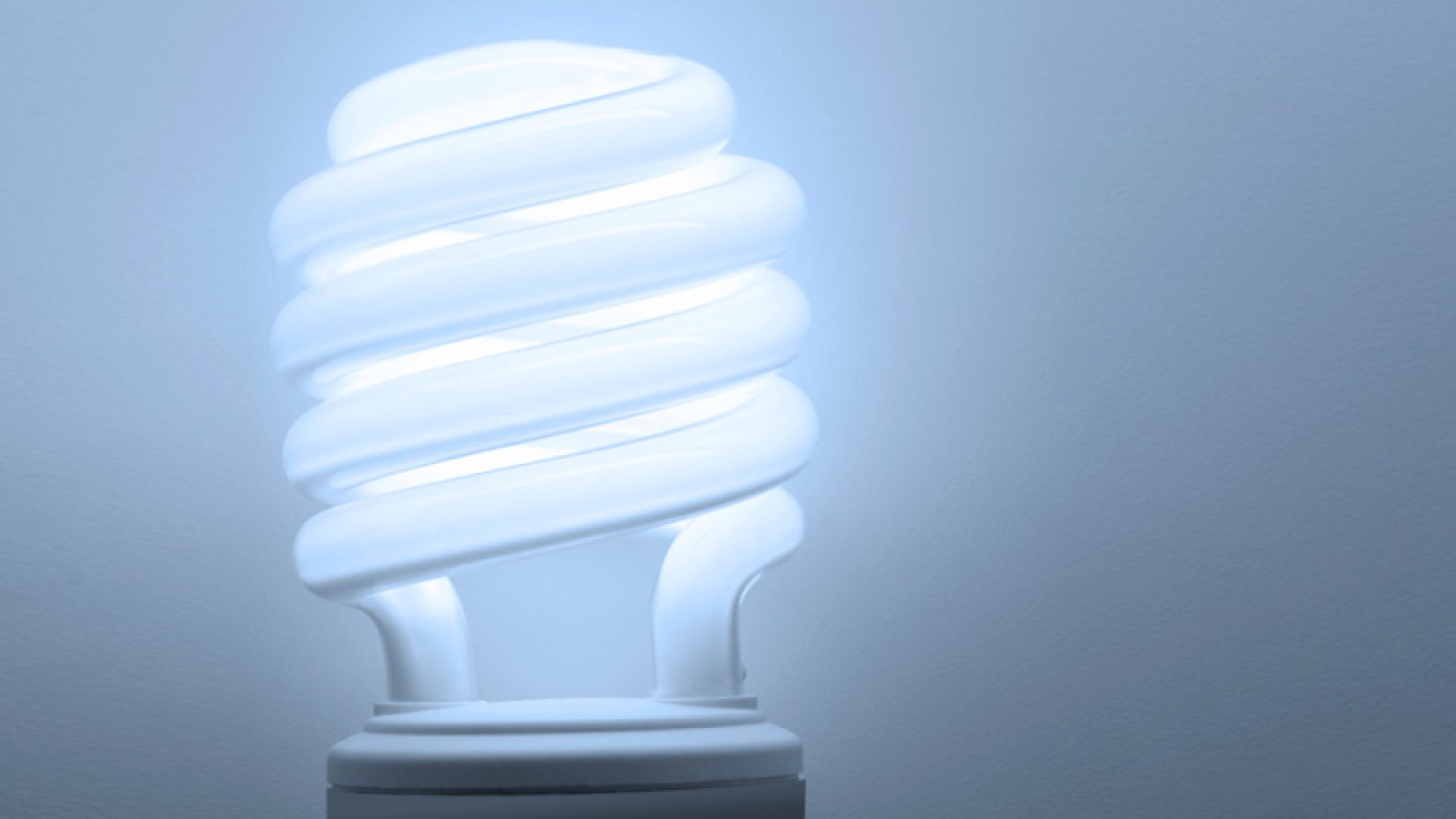

Articles
What Is A Fluorescent Light Bulb
Modified: February 4, 2024
Discover everything you need to know about fluorescent light bulbs and how they work in this informative articles collection.
(Many of the links in this article redirect to a specific reviewed product. Your purchase of these products through affiliate links helps to generate commission for Storables.com, at no extra cost. Learn more)
Introduction
When it comes to lighting, there are various options available, each with its own set of features and benefits. One of the most popular choices is the fluorescent light bulb, known for its energy efficiency and long lifespan. Fluorescent light bulbs have become a common sight in homes, offices, and commercial spaces, providing bright and reliable illumination.
In this article, we will delve into the world of fluorescent light bulbs and explore their characteristics, advantages, disadvantages, environmental impact, and proper disposal methods. By understanding the ins and outs of fluorescent light bulbs, you can make informed decisions when it comes to lighting your spaces, considering factors such as energy efficiency, cost-effectiveness, and environmental responsibility.
With that said, let’s begin by getting a clear definition of what exactly a fluorescent light bulb is.
Key Takeaways:
- Fluorescent light bulbs offer energy efficiency, long lifespan, and versatile lighting, making them a compelling choice for various applications. Proper disposal and consideration of environmental impact are crucial for responsible usage.
- Understanding the inner workings, advantages, and disadvantages of fluorescent bulbs empowers informed decisions for energy-efficient and sustainable lighting solutions. Consider factors such as energy efficiency, longevity, and environmental impact when choosing lighting options.
Read more: How To Change A Fluorescent Light Bulb
Definition of a Fluorescent Light Bulb
A fluorescent light bulb, also known as a fluorescent lamp or tube, is a type of electric light that utilizes the phenomenon of fluorescence to produce visible light. Unlike traditional incandescent bulbs, fluorescent light bulbs do not rely on a glowing filament to generate light. Instead, they rely on the excitation of mercury vapor and phosphor coatings to produce illumination.
The design of a fluorescent light bulb consists of a sealed glass tube, typically straight or curved in shape. The inner surface of the tube is coated with a fluorescent powder or phosphor material. Inside the tube, there are two electrodes at each end, along with a small amount of mercury vapor.
When an electric current is passed through the electrodes, it excites the mercury vapor, causing it to emit ultraviolet (UV) energy. The UV energy then strikes the phosphor coating on the inner surface of the tube, causing it to fluoresce and emit visible light. The color of the emitted light depends on the specific phosphor used.
Fluorescent light bulbs are available in various sizes, ranging from compact forms to longer tubes commonly found in commercial and industrial settings. They come in different color temperatures, with cool white and warm white being the most common options.
Now that we have a clear understanding of the definition of a fluorescent light bulb, let’s explore how these bulbs actually work.
How Fluorescent Light Bulbs Work
Fluorescent light bulbs operate through a series of complex interactions between gases, phosphors, and electrical currents. Understanding the inner workings of these bulbs can help shed light on their energy-efficient nature.
When an electric current flows through the electrodes located at each end of the fluorescent light bulb, it creates a pathway for the flow of electrons. As the current passes through the electrodes, it excites the mercury vapor inside the bulb, causing it to discharge ultraviolet (UV) energy. The UV energy is invisible to the human eye, but it plays a crucial role in the functioning of the bulb.
The inner surface of the fluorescent bulb tube is coated with a layer of phosphor powder. When the UV energy from the excited mercury atoms strikes the phosphor coating, it absorbs the energy and re-emits it as visible light. This process is known as fluorescence.
The specific phosphor coating used determines the color temperature of the emitted light. For example, a cool white fluorescent bulb contains a phosphor blend that emits a bright, bluish-white light, while a warm white bulb produces a softer, yellowish-white light.
One of the key advantages of fluorescent light bulbs is their high efficacy, meaning they produce more visible light per watt of electrical power consumed compared to traditional incandescent bulbs. This efficiency is achieved because most of the energy consumed by a fluorescent bulb is converted into visible light, while only a small portion is lost as heat.
It’s important to note that fluorescent light bulbs require a ballast to regulate the electrical current flowing through the bulb. The ballast acts as a control device, ensuring the proper amount of current is supplied to the bulb. It also provides the initial boost of voltage needed to start the ionization process in the bulb.
Overall, the workings of fluorescent light bulbs involve a careful balance of electrical current, gas ionization, and phosphor stimulation to produce efficient and reliable illumination.
Now that we have a good understanding of how fluorescent light bulbs work, let’s explore the advantages of using them as a lighting option.
Advantages of Using Fluorescent Light Bulbs
Fluorescent light bulbs offer numerous benefits, making them a popular choice for lighting in both residential and commercial settings. Let’s explore some of the advantages of using fluorescent light bulbs:
- Energy Efficiency: Fluorescent light bulbs are highly energy-efficient compared to traditional incandescent bulbs. They consume up to 75% less energy while generating the same amount of light, resulting in significant cost savings on electricity bills.
- Long Lifespan: Fluorescent light bulbs have an impressive lifespan of around 10,000 to 20,000 hours, which is significantly longer than incandescent bulbs. This means less frequent bulb replacements and reduced maintenance costs.
- Bright and Even Illumination: Fluorescent bulbs provide a bright and uniform light output, making them ideal for areas where well-distributed lighting is required, such as offices, classrooms, and retail spaces.
- Color Options: Fluorescent light bulbs are available in various color temperatures, ranging from warm white to cool white. This allows users to select the color tone that best suits their preferences and lighting needs.
- Instant On and Flicker-Free: Unlike some other energy-efficient lighting options, fluorescent bulbs turn on instantly without any warm-up time. Additionally, with advancements in technology, modern fluorescent bulbs are designed to eliminate or minimize flickering, providing a stable and consistent light source.
- Wide Range of Sizes and Shapes: Fluorescent bulbs come in various sizes and shapes, making them versatile for different applications. From compact fluorescent bulbs for residential use to longer tubes for commercial and industrial settings, there is a fluorescent bulb to fit every lighting requirement.
- Compatibility with Dimmers: Many newer fluorescent light bulbs can be used with dimmers, offering users the flexibility to adjust the brightness according to their needs and mood.
- Environmental Friendliness: Fluorescent bulbs are considered more environmentally friendly compared to incandescent bulbs. They produce fewer greenhouse gas emissions because of their lower energy consumption, and they contain less hazardous materials if disposed of properly.
With their energy efficiency, long lifespan, versatility, and environmental advantages, fluorescent light bulbs are a compelling choice for individuals and businesses looking for reliable and cost-effective lighting options.
However, it’s important to also consider the disadvantages associated with fluorescent light bulbs. Let’s explore those next.
Disadvantages of Using Fluorescent Light Bulbs
While fluorescent light bulbs offer many advantages, it’s important to consider the potential disadvantages before making a decision. Here are some drawbacks associated with using fluorescent light bulbs:
- Initial Cost: The upfront cost of fluorescent bulbs can be higher compared to incandescent bulbs. However, the long lifespan and energy savings of fluorescent bulbs often make up for the initial investment over time.
- Warm-Up Time: While modern fluorescent bulbs have reduced warm-up time, they may still take a few seconds to reach their full brightness. This can be noticeable in certain applications where instant brightness is required.
- Sensitivity to Temperature: Fluorescent bulbs are sensitive to low temperatures, which can affect their performance. They may take longer to reach full brightness or may not work efficiently in extremely cold environments.
- Mercury Content: Fluorescent bulbs contain a small amount of mercury, a hazardous substance that can be harmful to humans and the environment if not handled or disposed of properly. It’s important to follow proper guidelines for handling and recycling fluorescent bulbs.
- Bulb Fragility: Fluorescent bulbs are more delicate than incandescent bulbs and can be easily damaged if dropped or mishandled. Care should be taken to avoid breakage and the release of mercury vapor.
- Dimming Challenges: While some fluorescent bulbs are compatible with dimmers, not all models work effectively or are compatible with all types of dimming systems. Compatibility issues can arise, leading to flickering or reduced dimming range.
- Ultraviolet Emissions: Fluorescent bulbs emit a small amount of ultraviolet (UV) light, which can be harmful to the eyes and cause fading of certain materials or artwork if not properly shielded or filtered.
- Electronic Interference: In rare cases, older or poorly designed fluorescent bulbs may cause interference with certain electronic devices, resulting in flickering screens or distorted audio signals. However, modern fluorescent bulbs are generally designed to minimize this interference.
By considering these disadvantages, individuals and businesses can make an informed decision about whether fluorescent light bulbs are the right lighting option for their specific needs.
Now that we have explored the advantages and disadvantages of using fluorescent light bulbs, let’s move on to discussing their environmental impact.
When handling fluorescent light bulbs, be sure to dispose of them properly at a designated recycling center to prevent environmental contamination from the mercury they contain.
Read more: Who Invented The Fluorescent Light Bulb
Environmental Impact of Fluorescent Light Bulbs
Fluorescent light bulbs offer several environmental benefits compared to traditional incandescent bulbs. However, they also have some potential environmental considerations that should be taken into account. Let’s delve into the environmental impact of fluorescent light bulbs:
Energy Efficiency: One of the primary environmental advantages of fluorescent bulbs is their energy efficiency. By consuming significantly less electricity than incandescent bulbs, fluorescent bulbs reduce energy demand and lower greenhouse gas emissions from power plants. This helps to combat climate change and reduce the overall carbon footprint.
Longevity: The long lifespan of fluorescent bulbs significantly reduces the number of bulbs sent to landfills compared to incandescent bulbs, which need frequent replacement. This reduces waste generation and lessens the environmental impact associated with bulb production and disposal.
Mercury Content: It’s important to note that fluorescent bulbs contain a small amount of mercury, a toxic substance. While the mercury content in each bulb is relatively low, proper handling and recycling are essential to prevent mercury release into the environment. Many countries and regions have established recycling programs to ensure the safe disposal of fluorescent bulbs and the recovery of mercury for reuse.
Recycling Initiatives: The recycling of fluorescent bulbs can help mitigate their environmental impact. Recycling allows for the recovery of glass, metals, and other components, while properly managing mercury disposal. By participating in recycling programs or using specialized recycling facilities, individuals and businesses can contribute to the responsible management of fluorescent bulbs.
End-of-Life Disposal: It is crucial to dispose of spent fluorescent bulbs properly and not treat them as regular waste. Special recycling centers or waste management facilities should be used to ensure that bulbs are handled according to local regulations. By doing so, the release of mercury and other harmful materials into the environment can be prevented.
Improved Technologies: Over the years, advancements in technology have led to the development of more environmentally friendly fluorescent bulbs. These include reduced mercury content in bulbs, improved phosphor coatings, and increased efficiency. Companies continue to innovate and invest in research and development to further minimize the environmental impact of fluorescent bulbs.
Overall, fluorescent light bulbs offer energy-saving benefits and reduced waste generation compared to traditional incandescent bulbs. By properly handling, recycling, and disposing of fluorescent bulbs, individuals and businesses can help minimize their environmental impact and contribute to sustainability efforts.
Now that we have addressed the environmental impact of fluorescent light bulbs, let’s explore the common applications where these bulbs are widely used.
Common Applications of Fluorescent Light Bulbs
Fluorescent light bulbs are widely used across various settings due to their energy efficiency, long lifespan, and versatile lighting capabilities. Let’s explore some of the common applications where fluorescent bulbs are frequently employed:
- Residential Lighting: Fluorescent bulbs are commonly used in homes, providing illumination in various rooms such as kitchens, living rooms, and garages. They offer bright and efficient lighting for everyday tasks while reducing energy consumption and utility costs.
- Office Spaces: Fluorescent lighting is prevalent in office environments, providing bright and uniform illumination across large areas. They are suitable for task lighting, overhead lighting, and general ambient lighting, promoting productivity and reducing eye strain.
- Retail Stores and Supermarkets: Fluorescent bulbs are popular in retail settings due to their ability to showcase products effectively. They provide high-quality lighting to enhance visual appeal, attract customers, and highlight merchandise features.
- Schools and Educational Facilities: Fluorescent lighting is commonly used in educational institutions, including classrooms, hallways, and libraries. The bright and even lighting helps create a conducive learning environment and facilitates concentration and visual comfort for students and teachers.
- Hospitals and Healthcare Facilities: Fluorescent bulbs are utilized in healthcare settings due to their ability to provide bright, white light. They aid in accurate color rendering, making them suitable for examination rooms, operating theaters, and patient care areas.
- Industrial and Commercial Spaces: Fluorescent lighting is widely used in warehouses, factories, and commercial buildings where large areas need to be illuminated. They offer energy-efficient lighting solutions for tasks requiring high visibility.
- Parking Garages and Outdoor Lighting: Fluorescent bulbs are suitable for outdoor lighting applications, such as parking garages and streetlights. They offer bright illumination, ensuring safety and security in these areas.
- Art Galleries and Museums: The balanced and color-accurate lighting provided by fluorescent bulbs makes them a popular choice for art galleries and museums. They help showcase artworks and artifacts effectively while minimizing damage from heat and UV emissions.
These are just a few examples of the many applications where fluorescent light bulbs excel. Their versatility and efficiency make them a go-to choice for various lighting needs, providing the necessary illumination while reducing energy consumption and operating costs.
Now that we have explored the common applications of fluorescent light bulbs, let’s move on to discussing the different types of fluorescent bulbs available in the market.
Types of Fluorescent Light Bulbs
Fluorescent light bulbs come in different shapes and sizes, each designed for specific lighting applications. Understanding the different types of fluorescent bulbs available can help you choose the most suitable option for your lighting needs. Let’s explore some of the common types:
- Linear Fluorescent Bulbs: Linear fluorescent bulbs, also known as tube lights, are the most common type of fluorescent bulbs. They come in various lengths, ranging from 2 to 8 feet. Linear fluorescent bulbs are often used in commercial spaces, such as offices, retail stores, and schools.
- Compact Fluorescent Lamps (CFLs): CFLs are compact-sized versions of fluorescent bulbs that can be used as direct replacements for traditional incandescent bulbs in residential and commercial settings. They are available in a range of wattages and color temperatures, fitting into standard lamp sockets.
- Circline Fluorescent Bulbs: Circline bulbs have a circular shape and are commonly used in fixtures designed specifically for this bulb type. They are well-suited for applications like kitchens, bathrooms, and utility areas where even and wide-angle lighting is desired.
- U-Bend Fluorescent Bulbs: U-bend bulbs have a U-shaped design with two ends, making them suitable for fixtures designed to accommodate this specific shape. These bulbs are commonly used in retail spaces, offices, and commercial buildings.
- High Output (HO) Fluorescent Bulbs: High output bulbs provide a higher lumen output compared to standard fluorescent bulbs. They are often used in spaces that require bright and intense lighting, such as warehouses, garages, and industrial facilities.
- Rapid Start and Instant Start Fluorescent Bulbs: These are two different starting methods for fluorescent bulbs. Rapid start bulbs have a pre-heat mechanism that preheats the electrodes, while instant start bulbs do not require preheating. Rapid start bulbs are often used in areas where frequent switching is expected, like schools and hospitals, while instant start bulbs are commonly used in areas with extended hours of operation.
These are just a few examples of the various types of fluorescent light bulbs available in the market. Each type has its own design features and applications, allowing you to select the most suitable option based on your lighting requirements.
Now that we have explored the types of fluorescent bulbs, let’s move on to discussing how to properly dispose of these bulbs to minimize their environmental impact.
How to Dispose of Fluorescent Light Bulbs Properly
Due to the small amount of mercury content in fluorescent bulbs, it is crucial to handle and dispose of them properly to minimize their environmental impact. Here are some guidelines for the proper disposal of fluorescent light bulbs:
- Check Local Regulations: Before disposing of fluorescent bulbs, familiarize yourself with the disposal guidelines and regulations in your area. Different regions may have specific rules and recycling programs in place for managing hazardous waste.
- Recycling Centers: Look for recycling centers or municipal waste recycling programs that accept fluorescent bulbs. Many communities offer specialized recycling services for these bulbs to ensure proper handling and disposal.
- Take Advantage of Retail Collection Programs: Some retailers and home improvement stores have collection programs where they accept used fluorescent bulbs for recycling. This can be a convenient option for individuals to properly dispose of their bulbs.
- Containerize Broken Bulbs: In the event of a broken fluorescent bulb, take extra precautions and follow specific guidelines for handling and cleaning up the broken glass and mercury. Use airtight containers or sealable bags to collect the broken pieces, and avoid direct skin contact.
- Do Not Throw in Regular Trash: It is essential to never throw fluorescent bulbs in regular household trash bins. This can lead to the release of mercury into the environment, posing a risk to human health and ecosystems.
- Transport with Care: When transporting fluorescent bulbs for recycling, handle them with care to prevent breakage. Wrap them in newspaper or place them in sturdy boxes to protect them during transportation.
- Consider Switching to LED Alternatives: LED bulbs are becoming increasingly popular as energy-efficient lighting options. Consider transitioning to LED bulbs, which do not contain hazardous materials like mercury, reducing the need for specialized disposal methods.
By following these disposal guidelines, you can ensure that fluorescent bulbs are recycled and properly managed, minimizing their impact on the environment and human health.
Now that we have discussed the proper disposal of fluorescent bulbs, let’s wrap up our discussion.
Conclusion
Fluorescent light bulbs have revolutionized the lighting industry with their energy efficiency, long lifespan, and versatility. They offer numerous advantages, such as reduced energy consumption, bright illumination, and cost-effectiveness. Fluorescent bulbs are commonly used in residential, commercial, and industrial settings, providing reliable lighting solutions for a wide range of applications.
While fluorescent bulbs have their advantages, it’s important to consider the potential disadvantages. Factors such as initial cost, warm-up time, and sensitivity to low temperatures should be taken into account when choosing the appropriate lighting option. Additionally, proper handling, recycling, and disposal of fluorescent bulbs are essential to minimize their environmental impact and ensure the safe handling of mercury content.
As technology continues to advance, newer forms of lighting, such as LEDs, are becoming more popular. LED bulbs offer even greater energy efficiency, longer lifespans, and reduced environmental impact compared to fluorescent bulbs. However, fluorescent bulbs still hold their place as a reliable and cost-effective lighting option in many applications.
Whether you choose fluorescent bulbs or explore alternatives like LEDs, making informed decisions about lighting can lead to energy savings, reduced greenhouse gas emissions, and a more sustainable future. Remember to consider factors such as energy efficiency, longevity, and the environmental impact when selecting the right lighting solution for your needs.
By understanding the inner workings of fluorescent bulbs, their advantages and disadvantages, their environmental impact, and proper disposal methods, you can make responsible choices that promote energy efficiency, minimize waste, and contribute to a greener world.
So, next time you flick the switch, consider the benefits of fluorescent bulbs and make a conscious choice for a brighter, more sustainable future.
Frequently Asked Questions about What Is A Fluorescent Light Bulb
Was this page helpful?
At Storables.com, we guarantee accurate and reliable information. Our content, validated by Expert Board Contributors, is crafted following stringent Editorial Policies. We're committed to providing you with well-researched, expert-backed insights for all your informational needs.

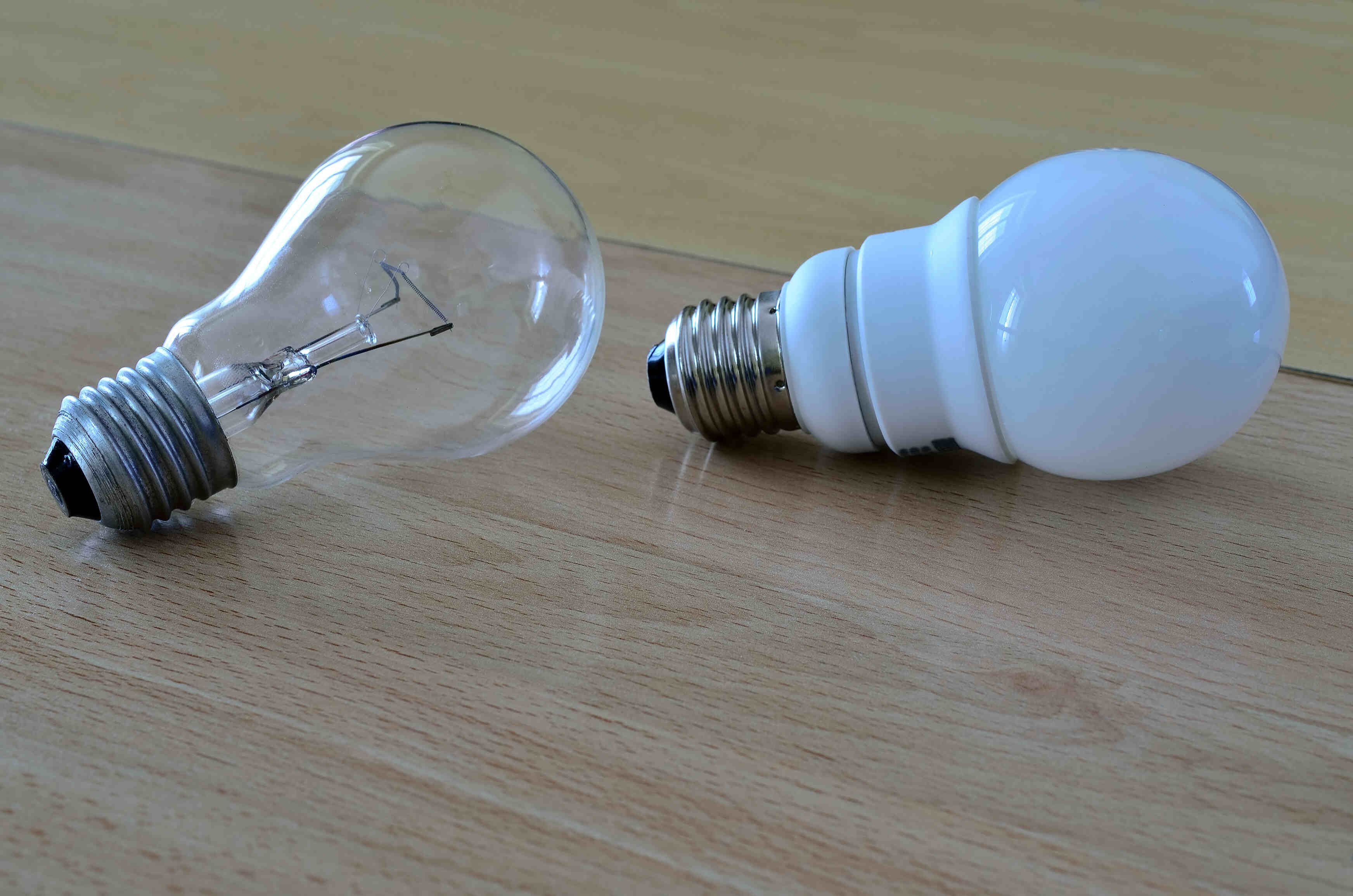
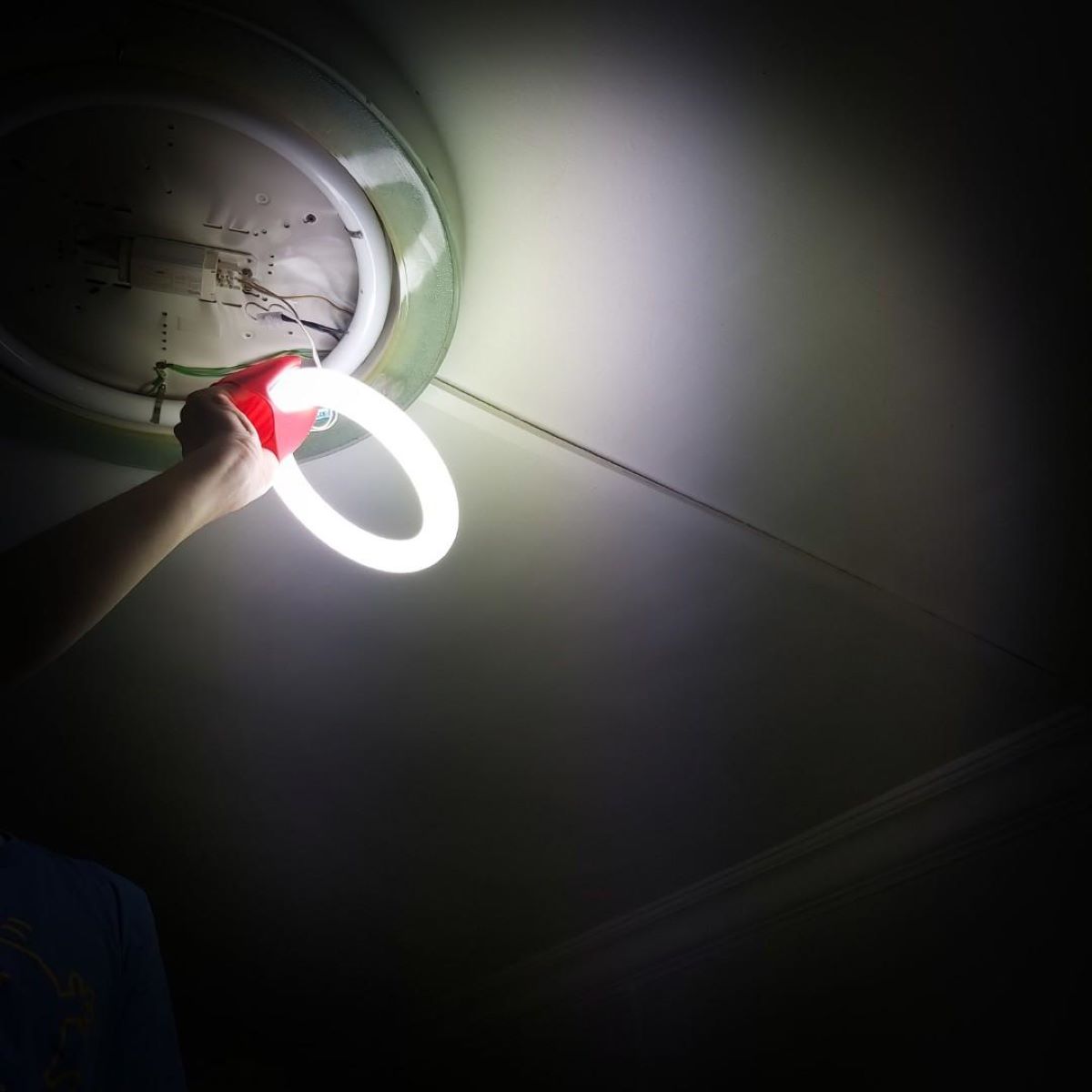
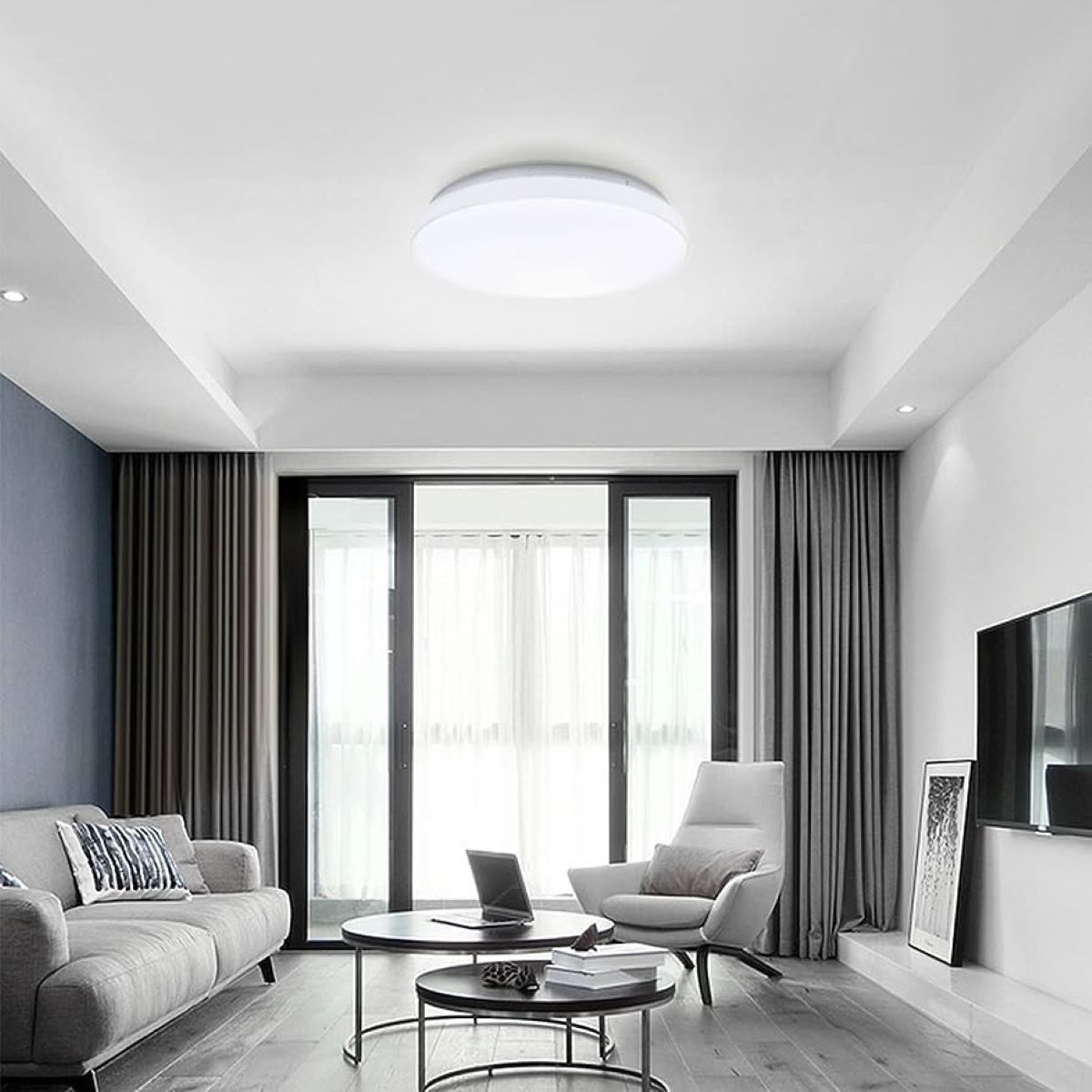
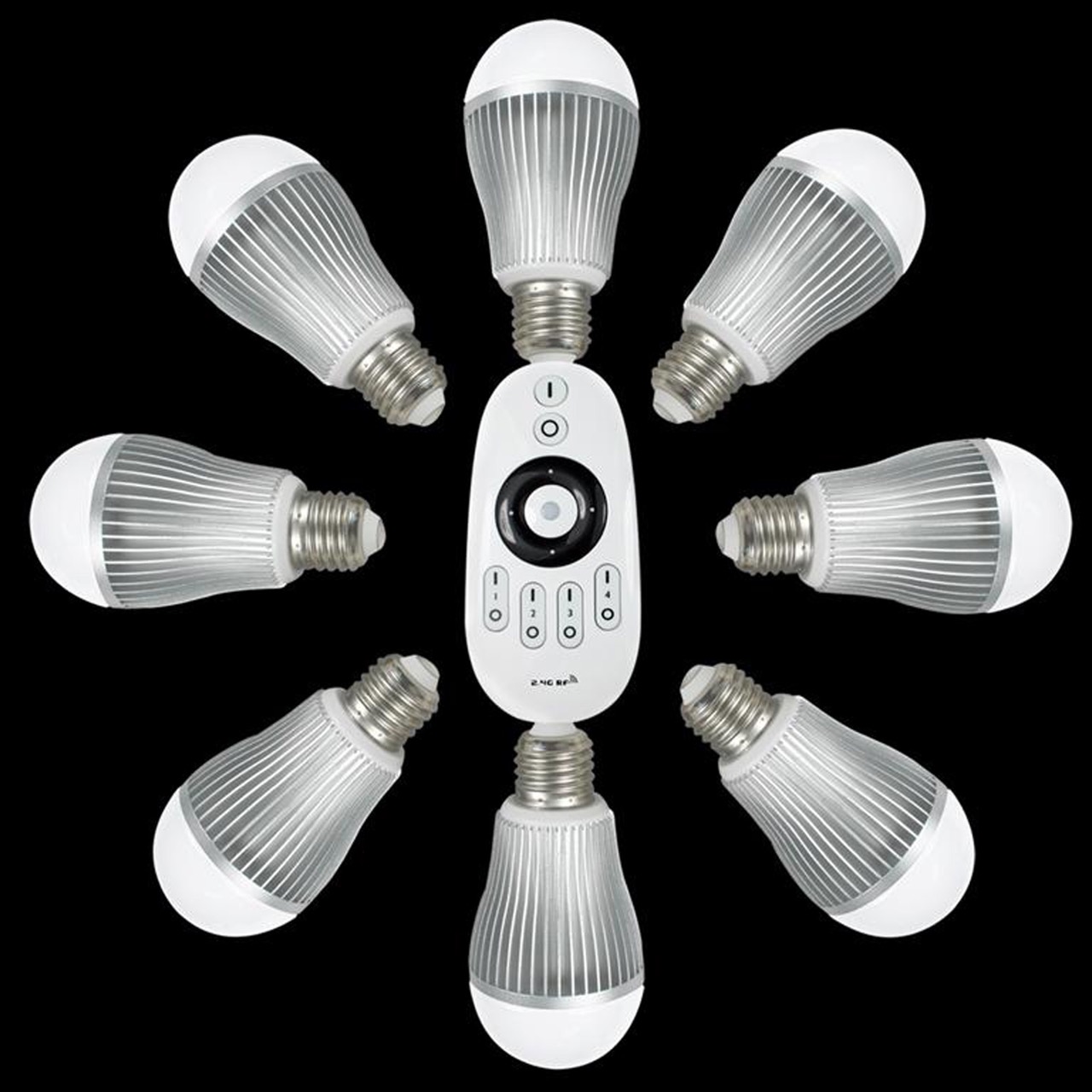
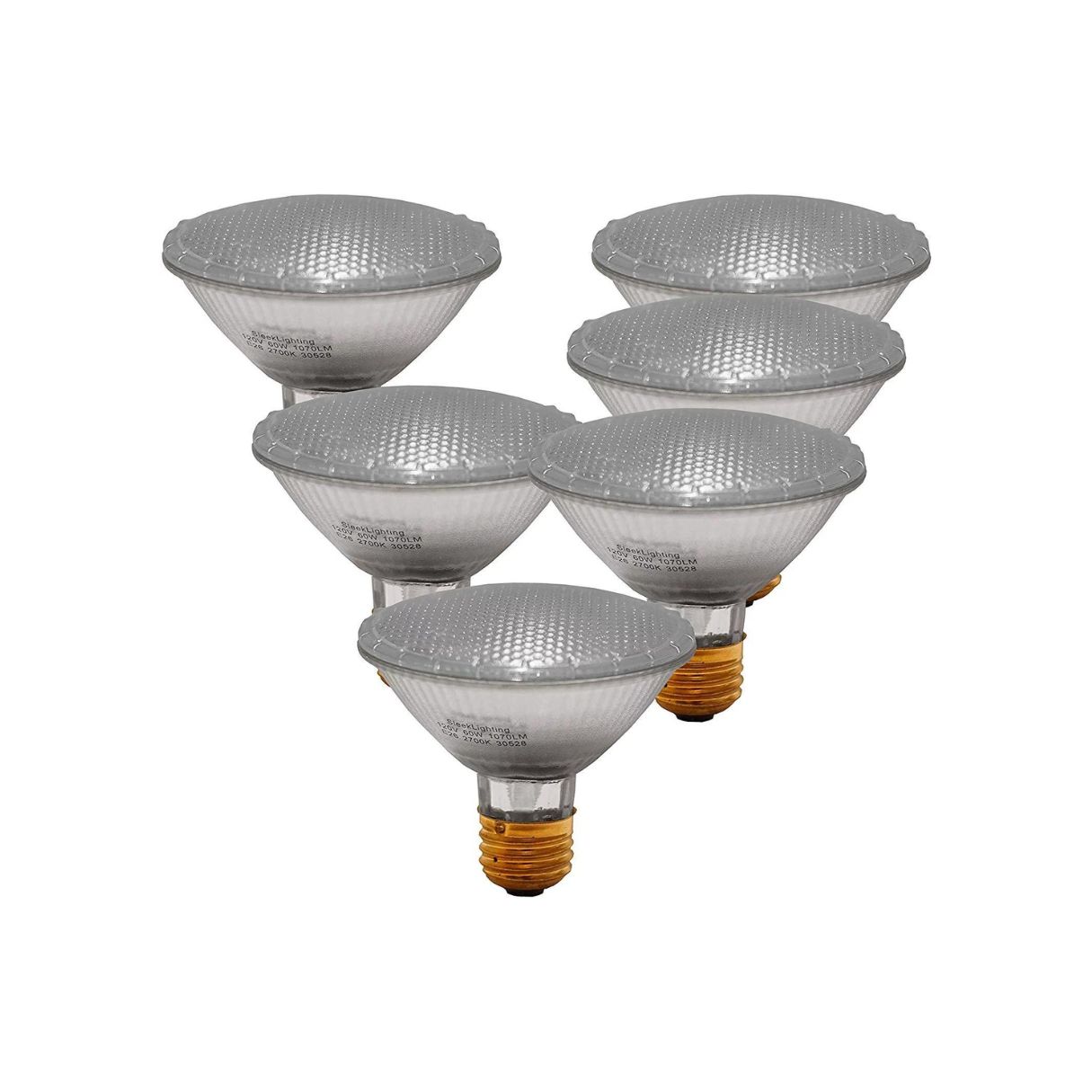
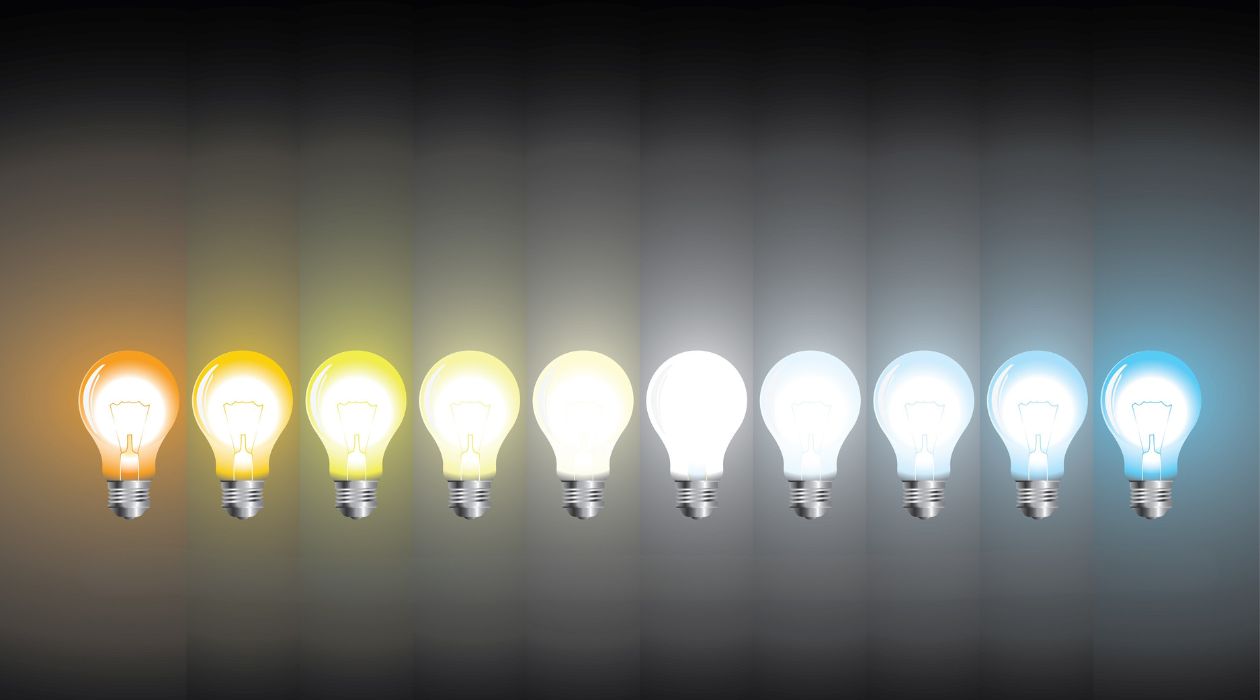
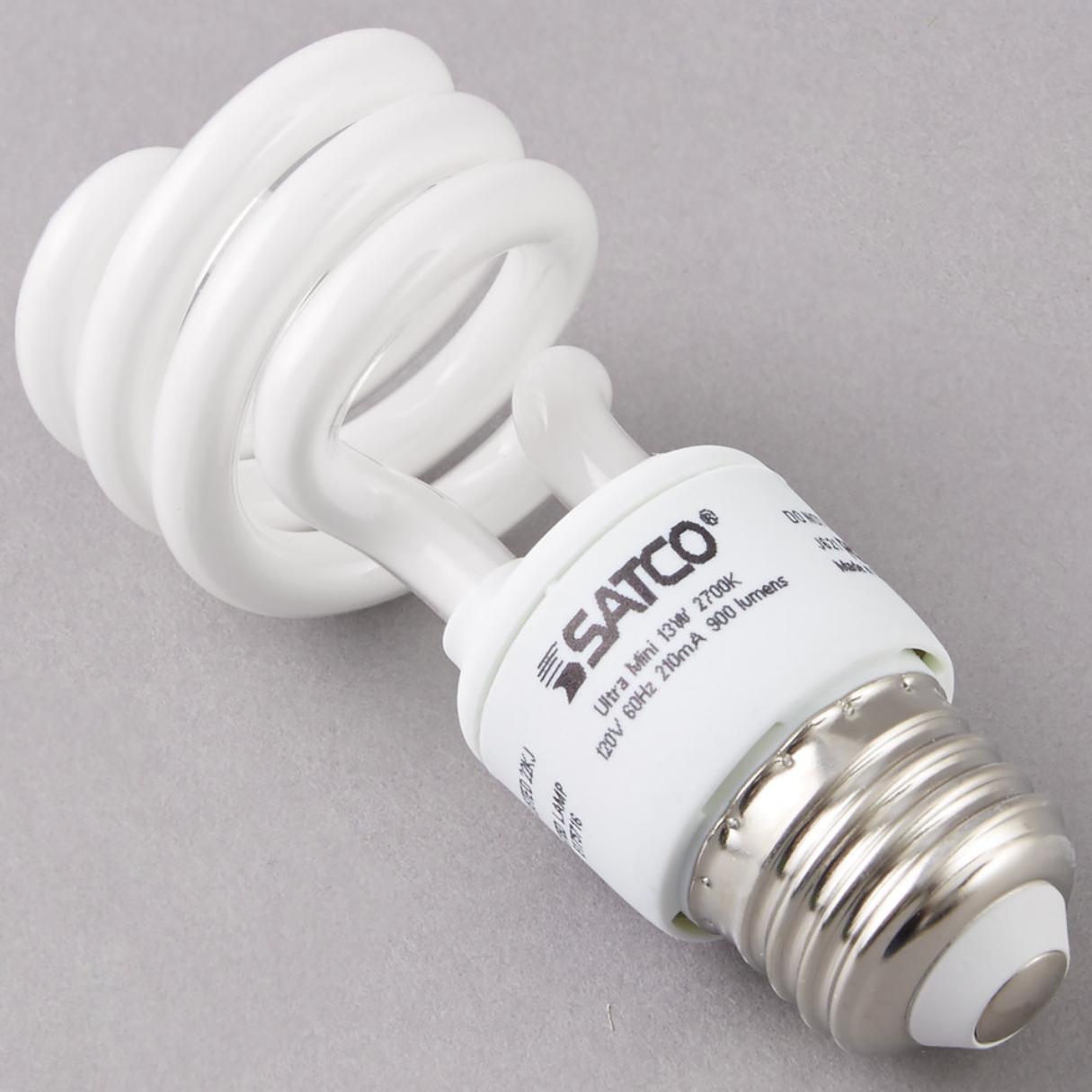
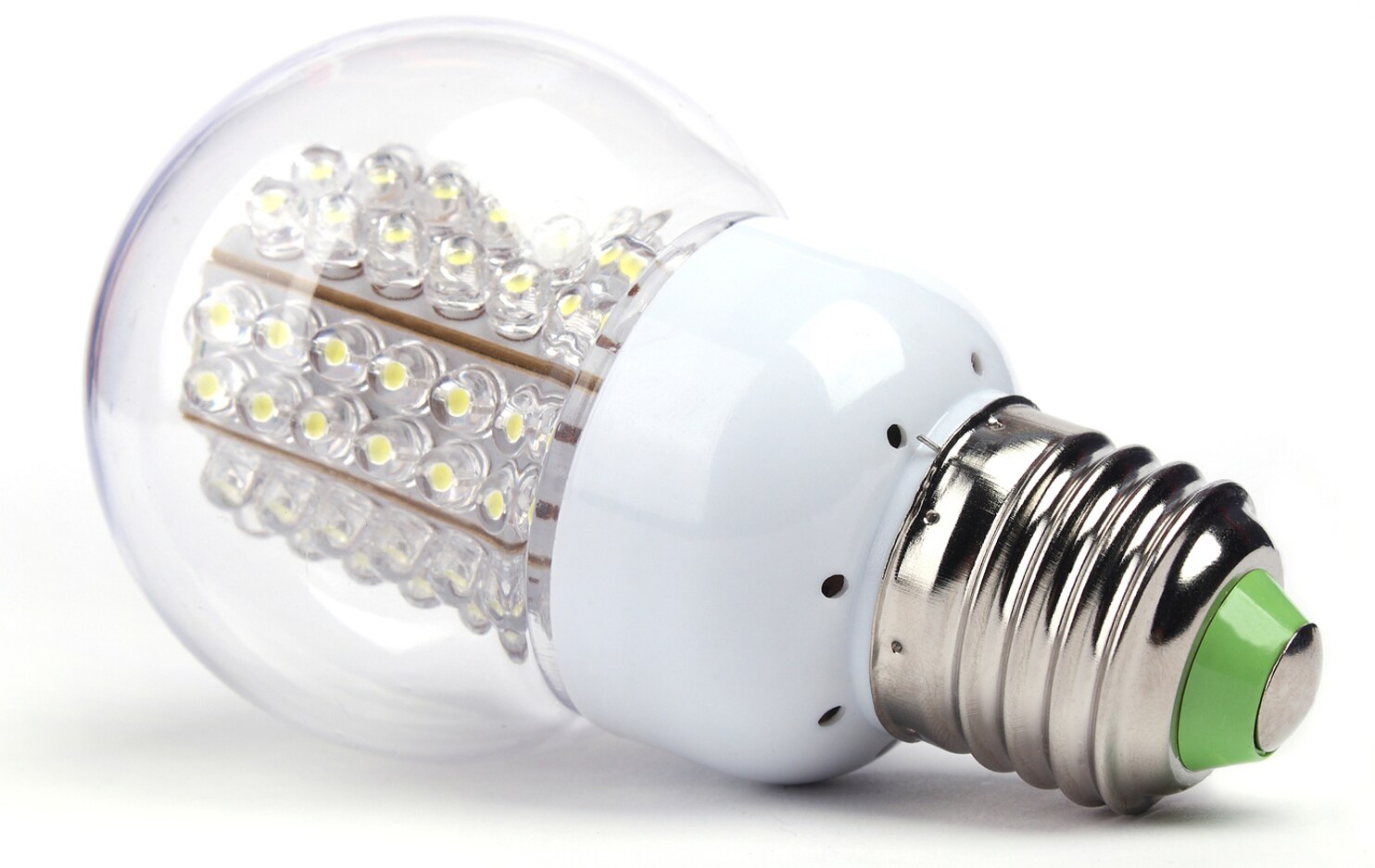
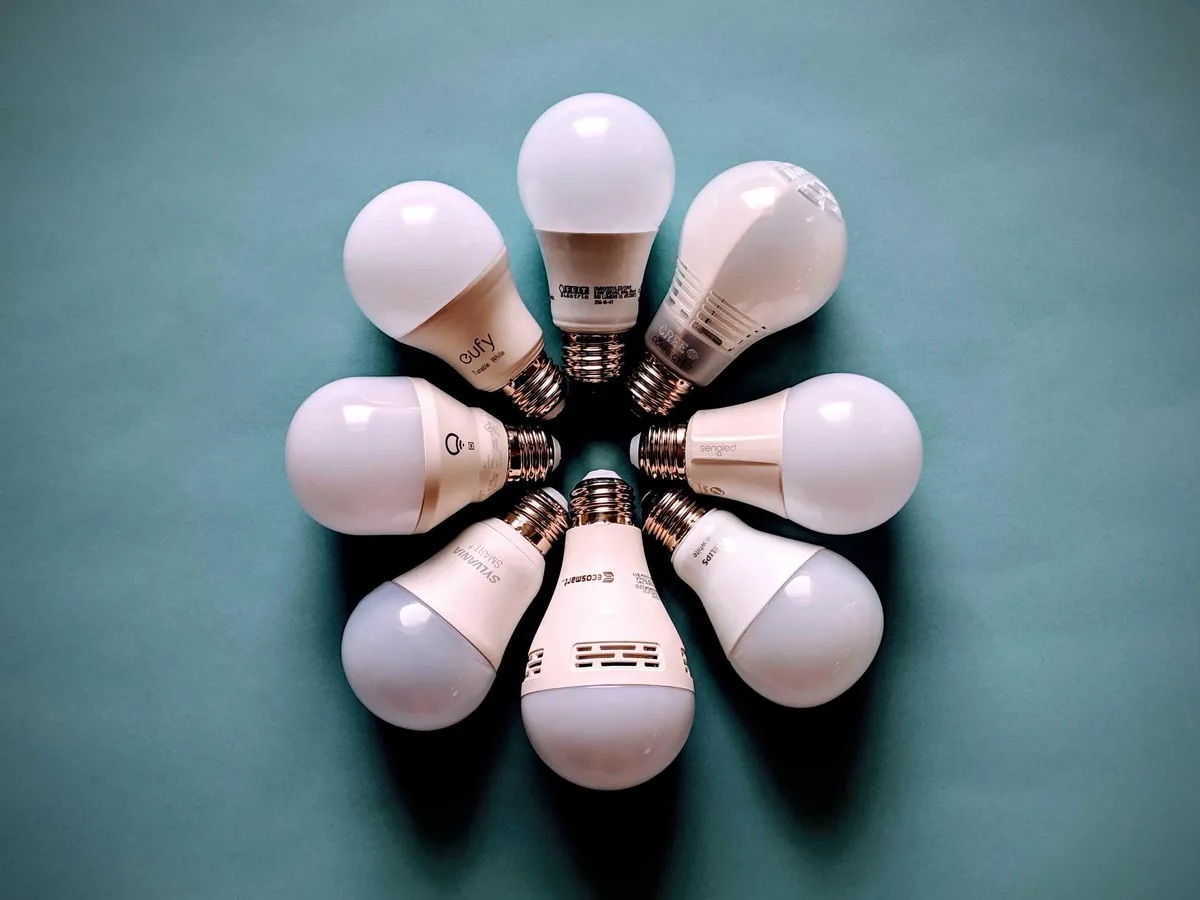

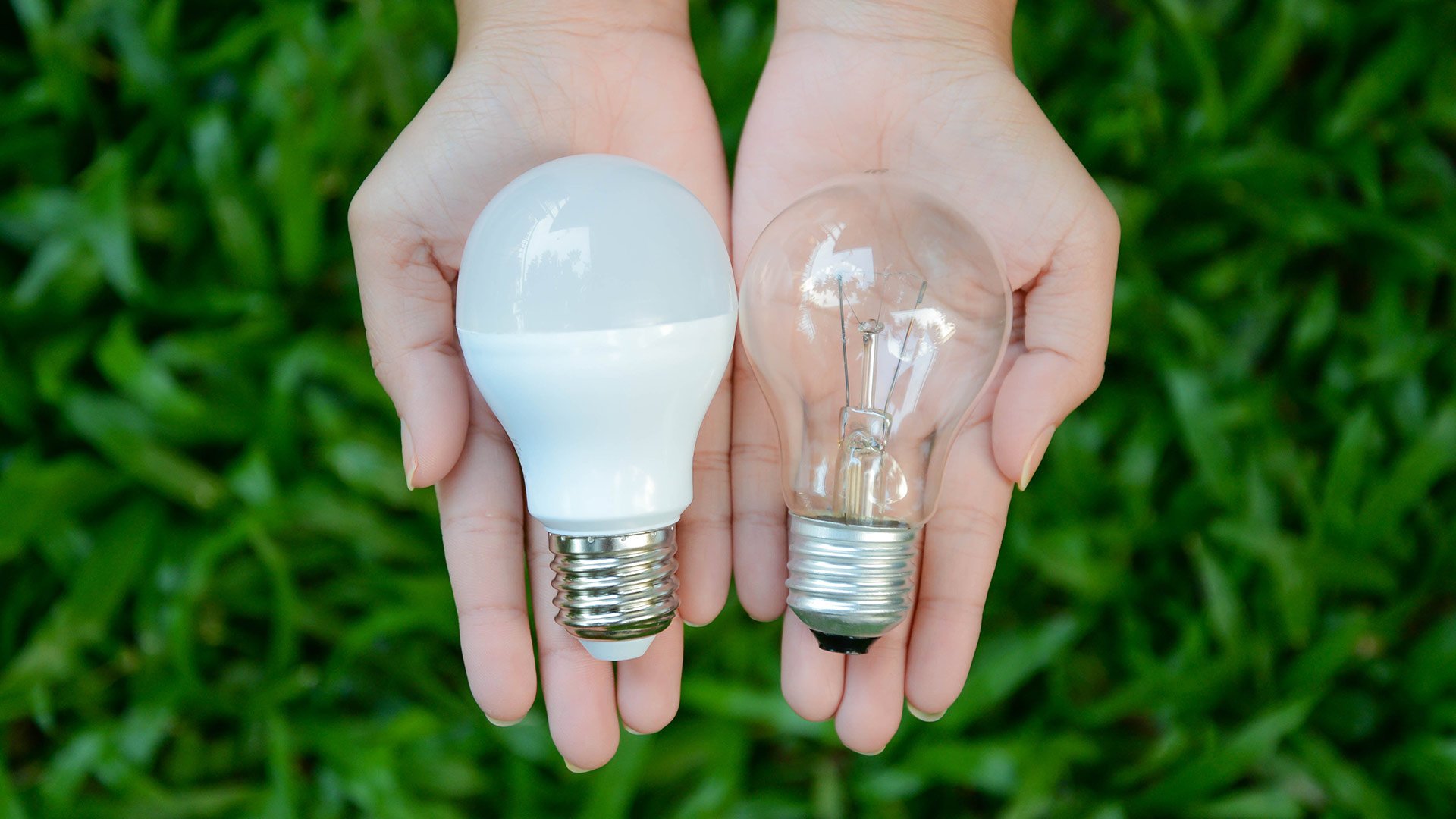
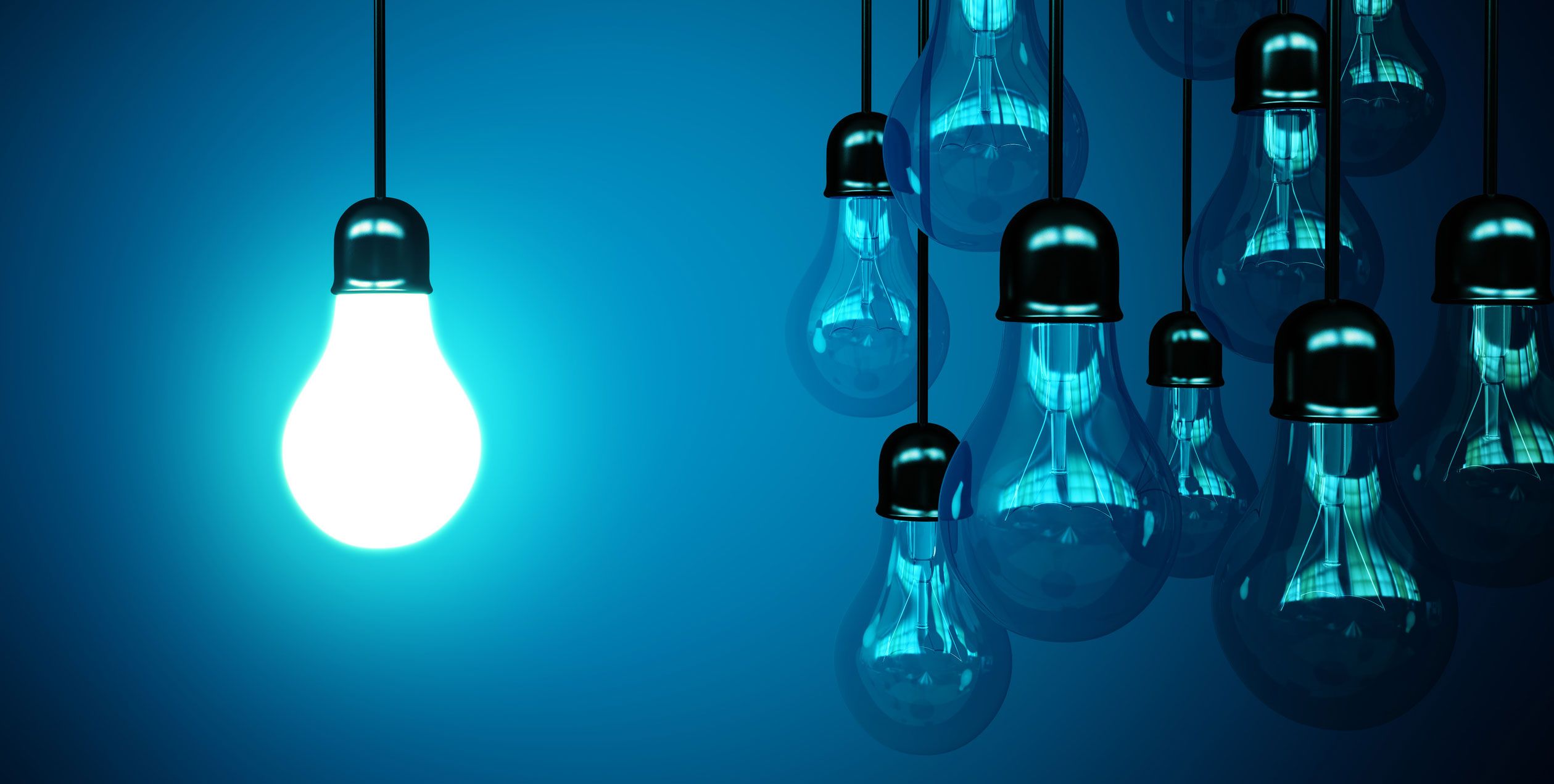

0 thoughts on “What Is A Fluorescent Light Bulb”